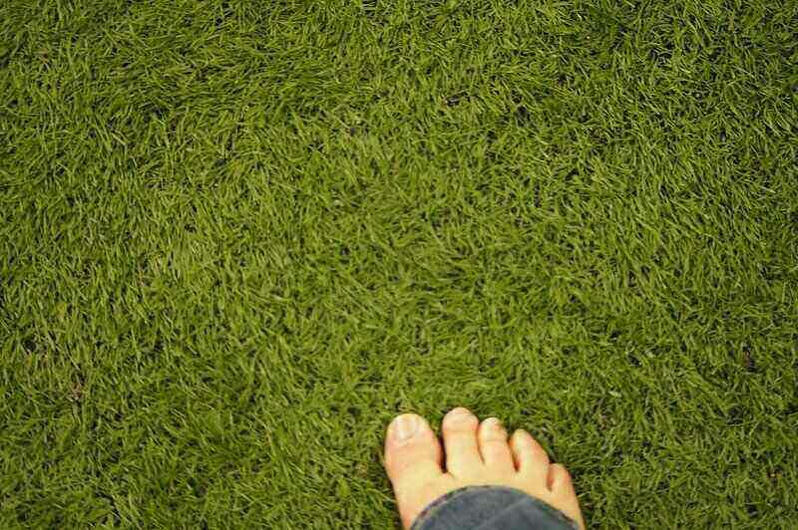How to Buy Affordable Artificial Turf
When it comes to landscaping, many homeowners are moving away from traditional grass lawns in favor of a more durable and low-maintenance option—artificial turf. Not only does artificial grass eliminate the need for regular mowing and watering, but it also provides a clean, green appearance all year long. However, with so many options available in the market, finding affordable artificial turf that suits your needs can be a challenge.

Why Choose Artificial Turf?
Low Maintenance: Artificial turf requires no mowing, watering, or fertilizing, saving time and money on maintenance. This is especially attractive among homeowners in areas with water restrictions or who are looking to reduce yard work. Durability: Unlike natural grass, artificial turf is built to withstand heavy foot traffic and weather conditions. Whether it's scorching heat or heavy rain, your lawn will stay in great shape. Water Conservation: With water restrictions becoming more common in many areas, artificial turf can reduce water usage for lawn maintenance, which is good for the environment and your water bill. Pet- and Child-Friendly: Artificial turf has a soft surface, making it perfect for pets and children who love to play outdoors. It's easy to clean and won't become muddy or patchy like natural grass. Curb Appeal: Artificial turf provides a lush, vibrant lawn that stays green year-round, enhancing the overall look of your home's exterior.
Factors to Consider When Buying Artificial Turf
Type of Turf Material
Nylon: Nylon lawn is known for its strength and durability, making it ideal for high-traffic areas and commercial uses. However, it is generally more expensive than the other materials. Polyethylene: This is the most popular material for residential lawns due to its natural look and softness. It is also more affordable compared to nylon. Polypropylene: Polypropylene is the cheapest material and is generally used for decorative purposes or in areas with minimal foot traffic. It is not as durable or realistic-looking as the other two options, but it can be an affordable option if you are on a tight budget.
Pile Height and Density
Pile height refers to the length of the artificial grass fibers. Longer pile heights make the turf look fuller and more natural, but they also tend to be more expensive. Short pile (1 inch or less): Ideal for high-traffic areas, such as playgrounds and pet areas, because it's durable and easy to clean. Medium pile (1.5-2 inches): For residential lawns, it provides a natural look while maintaining durability. Long pile (over 2 inches): It looks luxurious, but is best for low-traffic areas because the longer fibers can tangle over time. The density of turf refers to the number of grass blades packed into each square foot. Higher-density turf looks more realistic and is softer underfoot, but it will be more expensive. For budget-conscious buyers, turf with a medium density can strike a good balance between appearance and price.
Quality of Infill
Infill is the material placed between grass fibers that helps the turf stand upright and provides cushioning. Common types of infill include sand, rubber, and organic materials. The choice of infill can affect the cost and performance of your turf. Sand infill is the most affordable option, and it provides good stability to the turf. It is often used in areas with high foot traffic. Rubber infill provides additional cushioning and is often used in recreational areas, sports fields, and playgrounds. Although it is a bit more expensive, it provides enhanced comfort. Organic infill is made from natural materials such as cork or coconut shells and is an environmentally friendly option, although it tends to be more expensive than sand and rubber.
Manufacturer Reputation and Warranty
Not all artificial grass is created equal, and it's important to buy from a reputable manufacturer. A trustworthy company will provide high-quality turf and offer a warranty that guarantees the turf's durability and performance. Warranties typically last between 8 and 15 years, depending on the manufacturer. Make sure the warranty covers issues such as fading, excessive wear and tear, and product defects.
Installation Cost and Professional Service
Installation cost is another important factor to consider when purchasing artificial turf. While DIY installation can save you money upfront, hiring a professional to perform a proper installation is often a worthwhile investment, especially if you want a long-lasting and high-quality result.
Comparing Prices and Shopping Around
To find affordable artificial grass, it’s important to compare prices from multiple suppliers. Prices for artificial turf typically range from $2 to $8 per square foot, depending on quality and material. When comparing prices, remember to account for the cost of installation, infill, and any additional accessories or materials required for the project.
Finding the Best Value for Your Lawn
Finding affordable artificial turf doesn’t have to be a difficult task if you know what to look for. By considering the material, pile height, density, infill, and installation costs, you can find a solution that fits both your budget and your needs. Whether you want a low-maintenance lawn, a pet-friendly backyard, or a vibrant green space all year round, artificial grass provides a long-term solution that saves both time and money.
